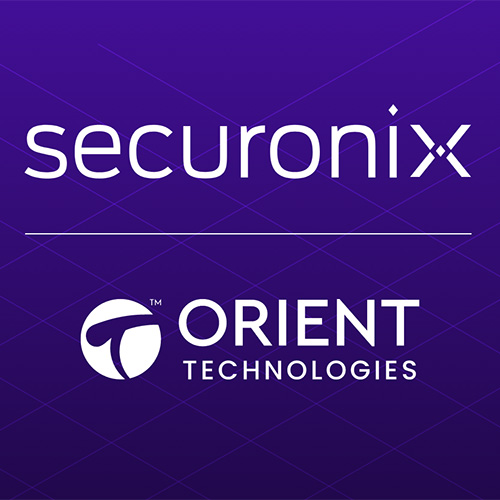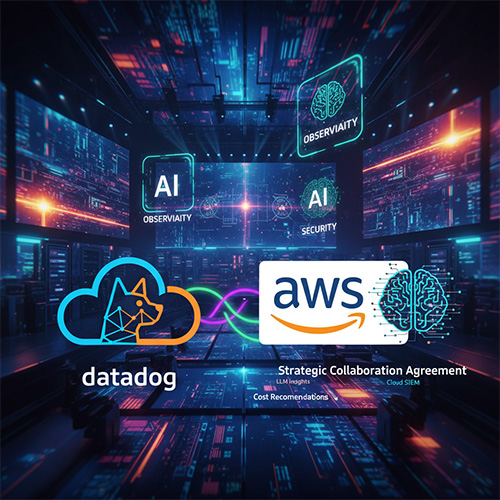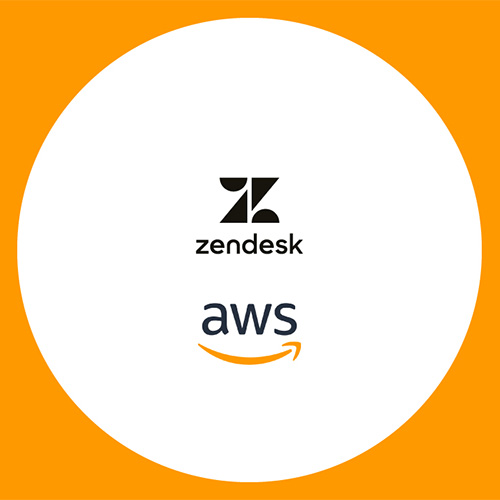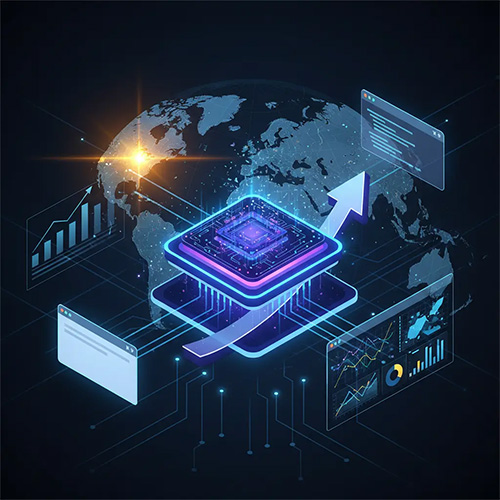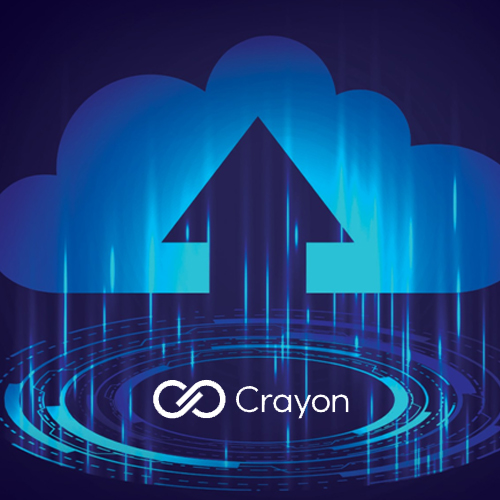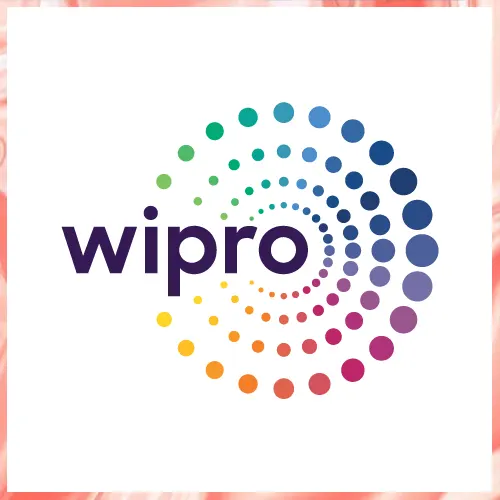Red Hat's Openshift provides secure, flexible, scalable business in Hybrid cloud ecosystem
2021-10-29
Cloud computing was becoming popular in last couple of years and with time Hybrid cloud surpassed the popularity. Moreover, the adoption of technology and need for innovation have been geared up by the pandemic and with that businesses are undergoing digital transformation and decision makers are inclining towards hybrid cloud.
In the hybrid cloud deployments Kubernetes delivers some benefits like flexibility and scalability across disparate environments. Kubernetes, in conjunction with a hybrid cloud infrastructure, can be vital for solving the global data-transfer regulation puzzle. Red Hat’s Kubernete based platform Openshift helps organizations offer innovation, flexibility, supports different types of applications, helps to scale businesses and much more. In a chat with VARINDIA, Frank Feldman, Vice President, APAC Office of Technology, Red Hat discusses about hybrid cloud, its challenges, Kubernetes based platform - Openshift, security etc.
Hybrid Cloud and Challenges
Cloud computing has completely changed today’s network landscape of many organizations. Earlier organizations limit their data and computing operations to private, but with time hybrid cloud is gaining grounds and becoming more popular.
While explaining about the cloud computing Frank Feldman says, “Many businesses from any industry know that cloud computing has radically altered the landscape of today’s network environments. Whereas organizations once confined their data and computing operations to private, often onsite data centers, virtualization and the spread of multiple service platforms have made it possible for assets and activities to be located in public clouds that can be accessed from anywhere at any time. Further, the changes in data usage and data demands from end users and applications, require businesses and their IT infrastructures to deploy solutions that meet varying needs, including scalability provided by public clouds, and security of a private cloud for critical and sensitive data.” In hybrid cloud, data sovereignty and security are the biggest challenge whereas organizations prefer private cloud to safeguard sensitive data and for compliance. On the other hand in hybrid cloud, organizations need to manage various security platforms.
“Risks associated with data sovereignty and security are probably the biggest challenges facing hybrid cloud adoption. The fundamental objective behind having a private cloud is to safeguard sensitive data and for compliance. With a hybrid cloud model, firms need to simultaneously manage different security platforms each with different requirements. As such, transfer of data between private and public clouds becomes crucial,” explains Frank.
Red Hat Openshift
The Red Hat Openshift encourages organizations to deliver innovation and scale business and customer demand. The platform also offers efficient and consistent experience that is built around full-stack automated security and operations.
Elaborating on the same, Frank says, “Red Hat makes open source innovation production-ready, and Red Hat Openshift helps organizations deliver innovation at the speed and scale their businesses and customers demand. It offers flexibility, supports different types of applications (modernized or cloud-native), and is available on any infrastructure with fully managed and self-managed deployment options. For organizations that want empowerment in their development team to deliver higher quality products faster when tools in their kit are familiar and the software pipeline is security-focused and compliant right from the start, Red Hat Openshift Platform Plus offers efficient and consistent experience that is built around full-stack automated security and operations.”
Advantages of Openshift
Revealing about the advantages of the Red Hat Openshift, Frank states, “There are many factors to consider when deploying an enterprise ready Kubernetes Platform. With the free community versions of Kubernetes you will need to integrate a range of different open-source projects, components, and processes. You will have the ongoing maintenance and support of the environment using internal resources, who could be better utilised creating innovative solutions for your organization.
With Red Hat Openshift, you get the most current features, security measures, and assurance that support and patches will be provided. This is like the difference between buying apples, brown sugar and flour vs a ready-made apple pie.
Users also need to be well informed of the management solutions available to the platform they choose; ultimately they need to rely on these management tools to efficiently and economically scale up their platforms as they increase in scale.”
Data Security & Hybrid Cloud Infrastructure
Security is a major cause of concern for every organization. These days traditional perimeter –based network security is not that effective and security should be implemented at each layer of the application and infrastructure stack. Along with it, people and processes should be aligned accordingly. Red Hat is aiding the organizations to enhance the security of the hybrid cloud infrastructure.
“Containers and hybrid cloud technologies have made the security landscape much more complex. Security teams are increasingly finding it challenging to keep up with the changing risks, compliance requirements, tools, and architectural changes introduced by these technologies. Traditional perimeter-based network security is no longer effective on its own, and security teams must rethink their approach. Security should be implemented with each layer of the application and infrastructure stack. People and processes should be aligned to continuously monitor and address security early in an automated way. More and more customers are adopting shift left practice to find defects and improve the security of their products. Red Hat provides the technologies to build, manage, and automate a hybrid cloud securely in a layered, defense-in-depth security strategy across the entire infrastructure and application stack and life cycle, including operating systems, container platforms, automation tools, software-as-a-service assets and cloud services. These can provide the foundations for an organization's Dev-Sec-Ops capability,” describes Frank.
See What’s Next in Tech With the Fast Forward Newsletter
Tweets From @varindiamag
Nothing to see here - yet
When they Tweet, their Tweets will show up here.






